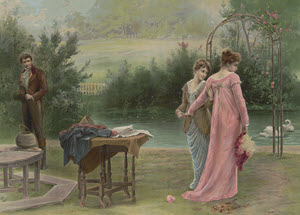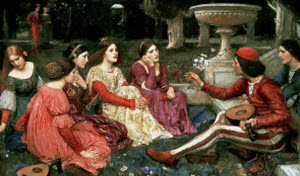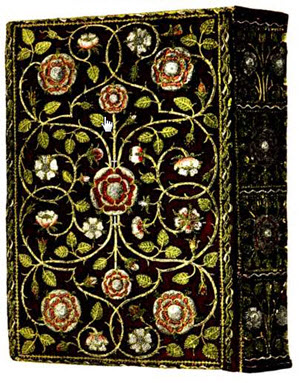EDGAR ALLAN POE - Part 9
The next authentic record of Poe is his letter of the 6th of May, 1831, to William Gwynn, the Baltimore editor and lawyer. Gwynn had expressed the opinion that "Al Aaraaf," which he had seen in manuscript, was indicative of a " tendency to anything but the business of matter-of-fact life." This judgment was probably supported by less poetical evidence, for Poe apologized to Gwynn for foolish conduct on a previous occasion. His request for employment was not granted, nor was one to N. C. Brooks, in whose new school Poe hoped for a place as teacher.
Of the next two years of Poe's life the records are sparse and shadowy. If Poe liked to befog biographers while he existed in the flesh, perhaps his spirit is contemplating with sardonic pleasure the fact that some of his letters of this time, known to exist, have escaped publication, and that the papers of John P. Kennedy, his benefactor, are sealed by Kennedy's will until 1920. There seems X) be no good reason at this late day why my possible source of information about Poe should be closed to biographers. Facts are thistles easily grasped by firm lands. Mystification and reticence have lone more to condemn him than any unpleasant revelations. Charles G. Leland's service in destroying papers about Poe which he found in Griswold's desk .s nullified by our knowledge that the papers were destroyed.
Some legends belong to this time. One relates Poe's love for "Mary," whose oral account of the affair was first published in a magazine about twenty years ago. Her description brings Poe clearly into vision: "Mr. Poe was five feet eight inches tall, and had dark, almost black hair, which he wore long and pushed back in student style over his ears. It was as fine as silk. His eyes were large and full, grey and piercing. He was then, I think, entirely clean shaven.




